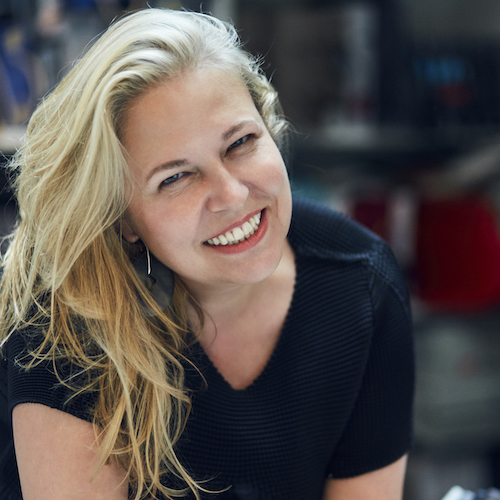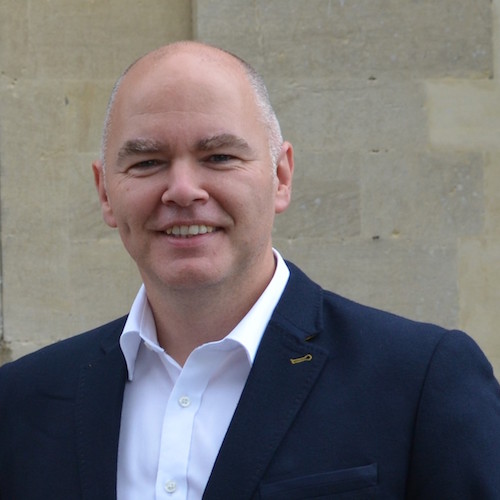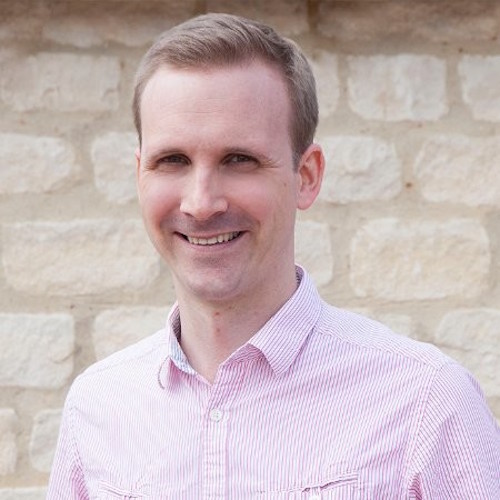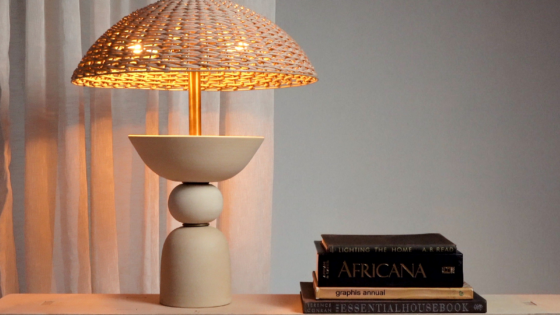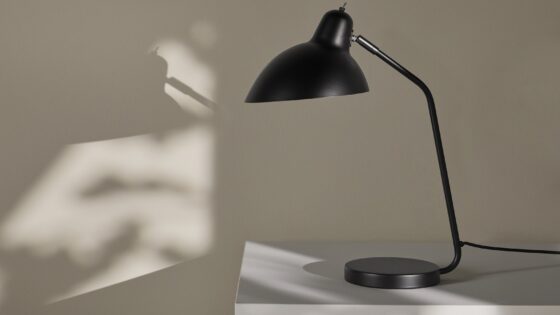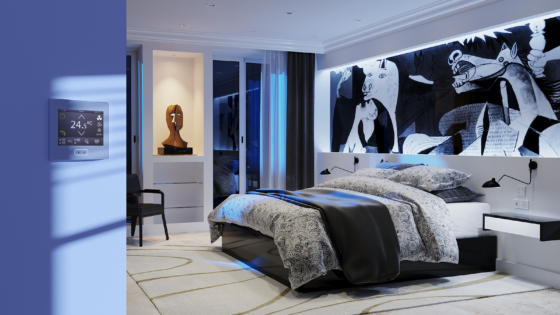With the industry’s attention focused towards possible solutions following the Covid-19 crisis, Hotel Designs, in collaboration with the human-centric lighting brand humanlumen, has brought together a handful of industry experts to discuss UV lighting’s role in the post-pandemic world. Editor Hamish Kilburn moderates…

On the panel:
- Andrew Boydell, Director of humanlumen
- Ariane Steinbeck, Managing Director of RPW Design
- Chris Peach, Principal Lighting Designer, humanlumen
- David Mason, Director and Head of Hospitality at Scott Brownrigg
- Dylan Wills, Associate at HBA
- Matthew Voaden, Divisional Director, Hurley Palmer Flatt
- Mark Elliott, Global Creative Director of FPOV
- Neil Andrew, Associate Principal at Perkins&Will
Recently, humanlumen switched on our attention at Hotel Designs to focus our editorial gaze, during pandemic paralysis, towards the possibilities and boundaries of architectural lighting design. The launch of the brand’s Clean Air Series inspired us to investigate how figureheads of the industry are reacting to UV Lighting.
No question was off limit as the panel of interior designers and lighting designers put humanlumen through its paces to understand Clean Air Series and UV lighting’s role on tomorrow’s hygienic hospitality scene.
Hamish Kilburn: Andrew, so that everyone can familiarise themselves with the product, can you briefly explain humanlumen’s Clean Air Series?
Andrew Boydell: We have invested a lot of time and money in the new technology around UV lighting and its effects on bacteria in the workplace as well as in hospitality spaces. We believe that UV lighting in these areas is going to be fairly revolutionary going forward. From a hospitality point of view, we have developed Clean Air Series, a purification product that integrates a high level of UV light within the system. This allows up to 300 cubic-metres of air to be cleaned in four hours – think of it as a remote AC unit with multiple UV light chambers.

Image caption: humanlumen’s Clean Air Series UV Lighting unit.
Mark Elliott: There has been a lot of research around the risks attached to UV lighting around eyesight and artwork, for example. One of the benefits of using LED lights over halogen lights is that the reduced UV prevents issues such as degrading artwork/finishes. How have you considered this in Clean Air Series?
AB: The product that has gone to market is a completely sealed unit. There are nine high intensity UV bulbs within a purification unit, which is basically an aluminium housing. Within that unit is a motor, a cooling unit and a number of chambers. The air is passed through the chambers, and no UV light is exposed to the outside world. It has been a major consideration of ours, as well as an engineering challenge.
“As manufacturers and designers, we all need to start looking and thinking outside the box now!” – Chris Peach, Principal lighting designer, FUTURE Designs.
HK: Mark, has UV Lighting been on your radar as a lighting designer?
ME: From our perspective, to be honest, it’s not something we have been investigating, which is probably because our focus as lighting designers is the beautification of spaces while enabling task-based solutions. However, it’s interesting to hear how lighting is being used to create more sterile environments.
Chris Peach: As manufacturers and designers, we all need to start looking and thinking outside the box now! With the ability to integrate the UV element within a luminaire could have major benefits. UV lighting is used throughout hospital environments, and there has to be a way of integrating that in hospitality.
Ariane Steinbeck: I want to continuously led by science. What I know that has been proven is that the detectability of the Covid-19 virus continues for between two and three hours in an aerosol format. What scientists don’t know yet is how much virus is needed to make you sick. From a practical standpoint, when this lighting is switched on out of hours, and the virus has settled on different surfaces, what does your product do to eliminate it?
AB: There are three elements: airborne particulates, surface particulates and particulates carried on the person. Airborne has been tackled with a continuous clean air unit that will run 24/7. Essentially, you will leave that in a hospitality space throughout the day. The surface element is different. The exposed UV light’s role, to be used when someone is not in that space, will help to clean the surfaces, and be used in harmony with the cleaners. We have been investigating an exposed UV product that will clean 25 square-metres of space. Of course, there would have to be a very clear protocol of use and we are looking at this to be linked to a control system so it can be activated when the room is not active. For a typical hotel room, we are estimating that this process will take an hour.
HK: What are the pitfalls in today’s lighting design?
Dylan Wills: Across the board, everyone would value in being more educated in lighting technology. Too often is lighting an afterthought behind the interior design itself.
David Mason: A lot of clients realise the benefits of lighting designers. There was a time where we would only ever use lighting designers in high-end projects. Now, though, we collaborate with lighting designers for most of the hotel projects we work on.
“As soon as we all started to save energy and technology advanced, lighting design became a lot more convoluted.” – Mark Elliott, Global Creative Director, FPOV.
Neil Andrew: I worked on a project once where they didn’t have a lighting consultant. When I had won the argument to bring one on, they ended up removing 30 downlights, which of course saved a lot of money.
ME: As soon as we all started to save energy and technology advanced, lighting design became a lot more convoluted. As a lighting designer, keeping up-to-date with tech every day is very complex. That has driven designers to realise that they are not experts in that area.
HK: From a wellbeing perspective, how is lighting climbing up on the agenda in hospitality?
ME: I think we can take inspiration from the aviation industry. There have been studies carried out on how significant lighting can be to help combat jet lag. I’m not sure about UV lighting, but there are certainly applications at the moment on lighting being used to enhance wellbeing in hospitality.
NA: In terms of mental health, it’s hard to know the impact of Covid-19 right now, but I guess in general the big one for me is circadian lighting systems. The research and technology that will allow a room to intuitively adjust the lighting to where you have travelled from in order to aid jet lag is pretty impressive.
DM: We were working with a hotel chain to design windowless rooms. The idea behind the lighting was so that you could adjust the lighting to time zones. This also worked around your circadian rhythms.
HK: In these sessions, we always try to look at these new innovations and conversations with clients and budgets in mind. How realistic is it therefore for you to pitch these new innovations to clients?
DW: In this exact moment in time, the focus should be on the businesses that are having to reopen hotels in cost-effective ways. Adding new products that will incorporate expenditure will be a big focus. We have been speaking to hotel operators who are just moving furniture around and changing the lobby configuration because they simply don’t have the money to spend.
I can see UV lighting being integrated into new-builds. However, with existing buildings it will be difficult considering the financial positions of developers and operators at the moment.
ME: I believe there are two sides in this. On the one side there are people who are trying to cut corners, while others are trying to find a unique sales point. Also, the more a piece of technology gets adopted, the cheaper it becomes. When that happens, the benefits are then able to be used on a wider scale.
AS: I believe, at this point, everyone is trying to ‘out market’ their cleaning protocols. Personally, I doubt it will inspire the consumer to choose one brand over the other. There was a big opportunity missed to do something unanimous across all brands in all countries to inspire confidence. In terms of mandating improvements, it will be difficult because hotel owners are struggling to pay the bills.
HK: So Andrew, is the product better suited to new-builds?
AB: Not necessarily. We were approached yesterday by a boutique chain with nine hotels. They were looking for us to fit the UVC light units and the centric lighting units in their existing properties
DW: There is another sector of the market that we should highlight, and that’s distressed assets. As we move forward, we will see hotel operators purchasing those struggling hotels and rebranding them to become new products. There, I see the UV lighting working and it will instil security in consumers’ minds.
AS: What is the cost of one of these units?
AB: It’s variable depending on the volume. But if you work between the parameter of 1,200 – £1,700 per unit.
NA: How visible are these units?
AB: The best way I can describe them is similar to a free-standing water dispenser. The unit is mobile and will sit in the corner of the room.
Matthew Voaden: I’m assuming that you are looking at exposed UV units in guestrooms and the purification in public areas?
AB: The exposed UV will benefit the turnaround, for sure. The air purification unit will give a constant purification of the space.
HK: Where do you see lighting in hospitality going in the future?
“One of the main elements I see being a focus of innovation in the future is control systems.” – David Mason, Director and Head of Hospitality, Scott Brownrigg.
DM: The margin between too much lighting and not enough lighting is very small. Most guests, I would argue, checking into a hotel want something simple.
ME: David’s right, people want flexibility. They want it to be intuitive. It’s a challenge to operate all those functions and not have a complex control system as a result. It’s a mass quandary. One of the main elements I see being a focus of innovation in the future is control systems. I can see these systems using tech that is embedded in each fitting so that the consumer can control each light from one device.
DM: That, as well as Covid-19, will steer more things being operational from your own device.
ME: Lighting is a constant; it is everywhere. Development of lighting will be multiple carriers of different things, which as a result simplifies ceilings. A good lighting solution is tailored to work around any space.
DW: Lighting design and interior design have to work hand-in-hand. Decisions have to be communicated throughout the entire process.
DM: This is going to be a catalyst in a lot of industries. I believe there is going to be a lot more collaboration between other industries to discover purposeful solutions.
HK: What lighting solutions are you integrating into the projects you are working on at the moment?
ME: David and I are working on a hotel where in the public spaces there will be a focus on day to night technology.
DM: We wanted to create a particular experience in the corridors, which are currently long and bland. Together with FPOV, we developed and prototyped a light fitting and it will now be manufactured and installed. Together we were able to get the client on board with this and it really does come down to designers working closely together to produce the best solution.
AS: Making things simpler is our objective. If we can add benefits that are automatic then that’s even better and I am looking forward to seeing what added value UV lighting can bring to the table.
HK: So there you have it, collaborations between designers, manufacturers and specialists are allowing the industry to navigate a clean path forward in hospitality for a post-pandemic world. In case there was any doubt, UV lighting is now on the agenda as today’s hotel designers are looking for new ways to functionally adapt spaces so that they meet the hygienic demands of tomorrow’s travellers with the ever-evolving demands for characterful, design-led spaces. If you would like to have your say on UV Lighting and other lighting solutions, please tweet us @hoteldesigns.
humanlumen, which is based in Clerkenwell, is one of the brands that has taken advantage of our Industry Support Package. To keep up to date with supplier news, click here. And, if you are interested in also benefitting from this three-month editorial package, please email Katy Phillips by clicking here.


